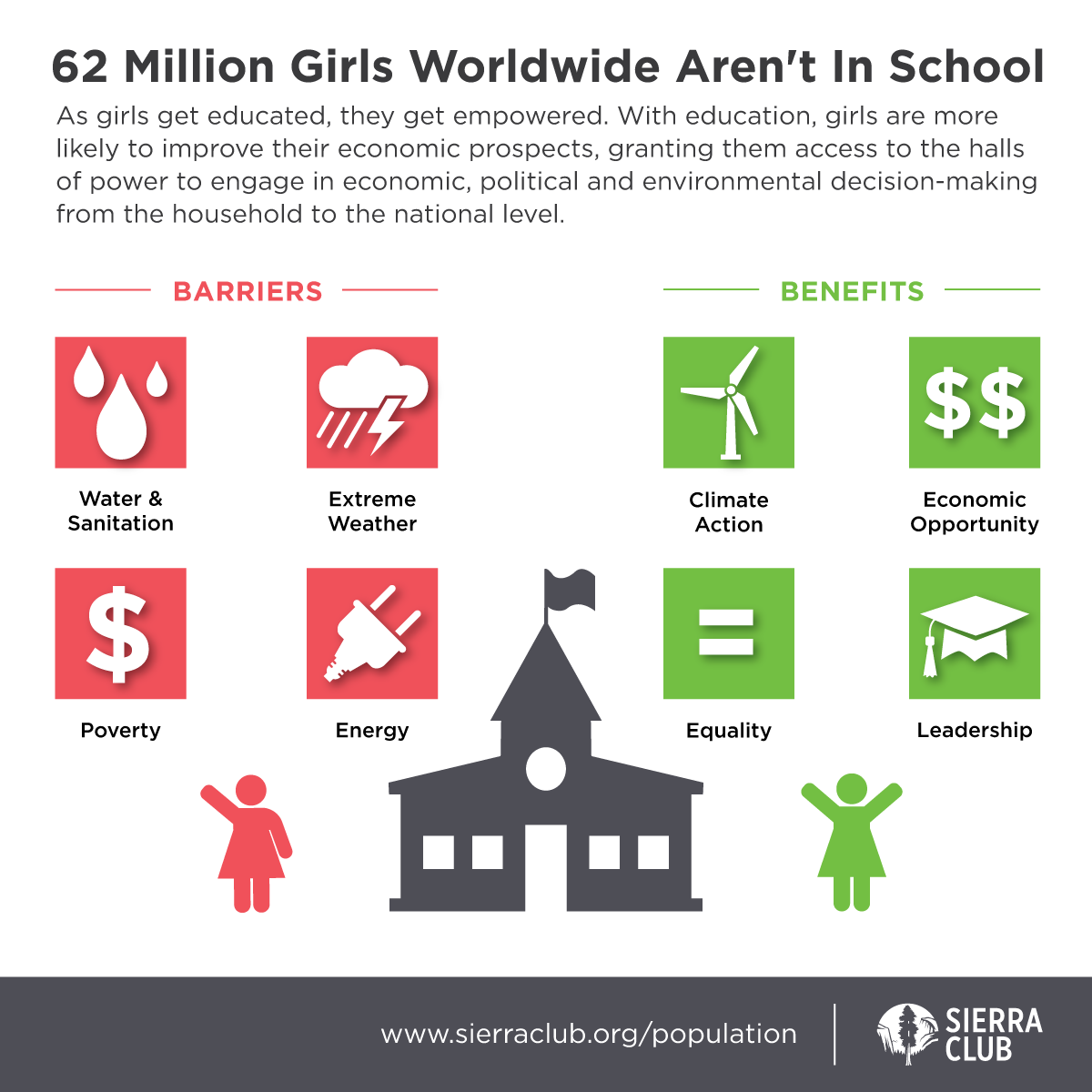Today is International Day of the Girl Child, a day dedicated to girls around the world. Just last month, the UN General Assembly adopted the Sustainable Development Goals. These goals look at global citizens, girls included, as whole people, with diverse and intersecting needs -- each deserving a life of human dignity. A key element of these goals, to improve the lives of girls around the world, is increasing access to education. Of the estimated 101 million children not in school, more than half are girls. And without an education, girls lack economic opportunities, continuing the cycle of poverty.
Just down the street from the UN General Assembly, these goals were being celebrated. Bloggers, celebrities and experts came together to honor and discuss the significance of the Sustainable Development Goals at the Social Good Summit. Three of the audience members at the Summit travelled across the country as national winners of the “Why We Care” contest hosted by the UN Foundation, Planned Parenthood and Sierra Club. Why We Care called upon youths to share their voice in the conversation of why young people around the world should have the same access to lifesaving and life-changing reproductive health care. With a textbooks understanding, these young winners learned firsthand from the stories of child soldiers, women in crisis, tech leaders, and many others.
That evening, one young winner, Rawan Masri, shared with me that she had never thought about all of the factors that keep girls out of school. “I always thought it was a matter of not valuing girl’s education,” she said, “But in fact, these stories have taught me that it is so much more than that.” We went on to discuss the lessons she learned about the many realities of collecting water, cooking, access to sanitation at school, child marriage, pregnancy and poverty that result in girls not completing their education. And the effects of climate disruption only make these realities worse.
The effects of climate disruption are not gender neutral. For women and girls, when climate catastrophes hit, they hit hard, leaving girls without an education. Extreme weather events mean the end of schooling for many girls. Of the twenty-six million people displaced by climate change since 2010, twenty million are women. Once displaced it is far less likely that a girl will attend school. If not displaced by extreme weather, these events can still end a girl’s schooling. During extreme weather events, it is girls who are taken out of school to help with the increased domestic responsibility, and when land erodes and resources become scarce, girls are often married off before their family can’t afford to feed them or is displaced.
Dwindling resources as a result of climate disruption also work to keep girls out of school. On average, women in developing countries spend 25% of their day collecting water. But the water they collected may not in fact be drinkable. One of the biggest factors impeding an adolescent girl’s ability to stay in school in some developing countries is access to toilet and sanitary facilities especially once she has started menstruation. Water scarcity, pollution, and access problems all contribute to prematurely ending a girl’s education and climate disruption only stands to make these problems worse.
Rawan realized that life is complicated for these girls. But the solutions can be simple. Women may be vulnerable to climate disruption but they are also the solution.
When a girl is encouraged to stay in school, she’s likely to marry and have children later. She can avoid the risks of early pregnancy and childbirth. She can plan the future she wants for herself. But along with math and science, adolescents also need to learn about sex. Comprehensive sexuality education and access to quality, affordable birth control are critical pieces that help young women take charge of their lives.
As girls get educated on a variety of subjects they get empowered. When girls have access to education and reproductive health care, they are more likely to spend more time acquiring skills and improving economic prospects for themselves, their families and their environments. When girls are empowered they begin to have access to the halls of power -- they can engage in economic, political and environmental decision-making from the household to the national level

Improving the lives of girls through education transforms not only a girl’s life, but that of her family, her community and her environment. Let’s change the world. Share this infographic in honor of International Day of the Girl Child and help us make girls education a worldwide priority.
